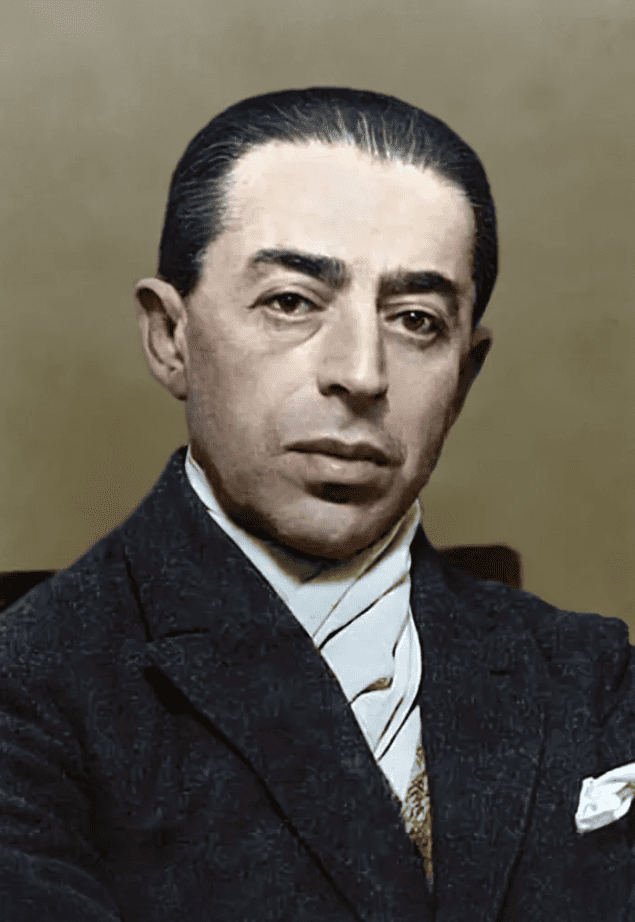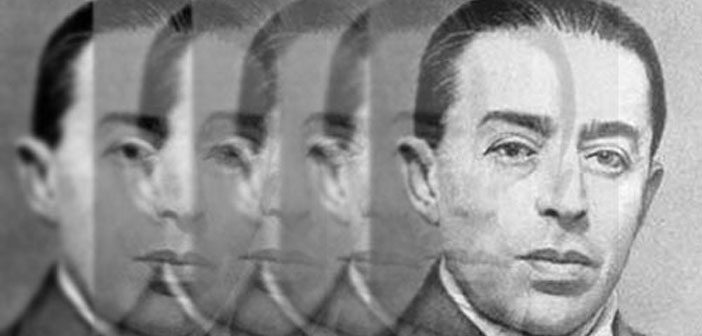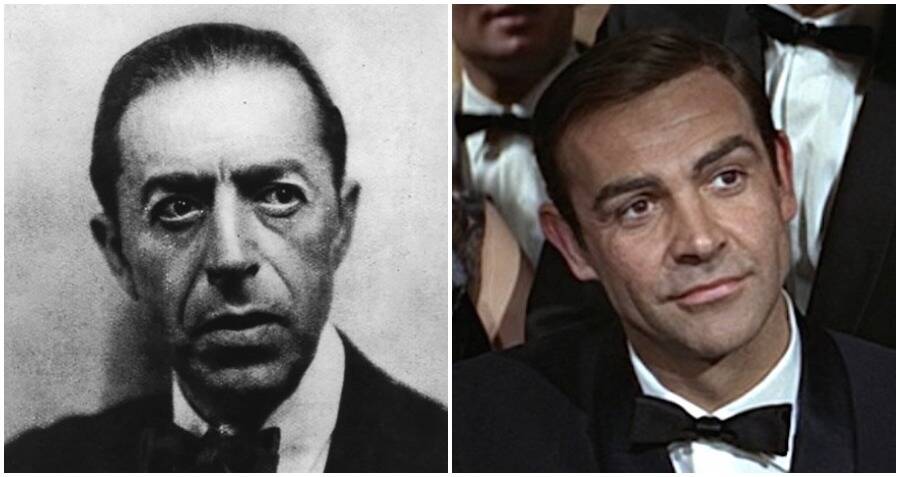Sidney Reilly is regarded as one of the most accomplished spies in history, with a career that has captivated the imagination for over a century. Active in the field for more than two decades, he successfully completed numerous missions, yet the enigmatic aspects of his life remain unsolved puzzles that researchers continue to explore today.
Who is this enigmatic spy?
The exact origins of Sidney Reilly have never been definitively confirmed. Some researchers believe he was born into a Jewish family in March 1874 in the city of Rosenblum, a town under Russian control. It was only after his marriage that he adopted the name Sidney Reilly; prior to that, few could discern his true identity, mainly knowing him as Rosenblum. He studied chemistry in Vienna from 1890 to 1893 before moving to South America, Brazil, for work.

In Brazil, Sidney encountered an English secret agent. He was still a young man when he arrived in the United Kingdom, where he had the opportunity to interact with the British intelligence service and was noted for his many skills, including fluency in multiple languages.
Reilly officially adopted the name Sidney George Reilly in 1899, acquiring British citizenship and marrying a wealthy widow. This widow was noted to have a substantial fortune, which some theories suggest may have led to Reilly’s involvement in the suspicious death of her husband. The most prevalent theory is that Sidney murdered this wealthy man using poison.
Espionage at his birthplace
Reilly’s first major mission took place in Russia in 1899, aiming to gather intelligence on military installations in the Caucasus region. During his return to Britain, he gathered valuable information, which was later confirmed by British intelligence. Reilly also engaged in espionage during the Boer War, operating in Central Europe in 1904.
By 1909, Reilly was sent to Germany to collect information on the country’s arms industry. The super spy also contributed during World War I, successfully conducting numerous high-profile operations, even infiltrating enemy lines.
The inspiration for James Bond
Sidney Reilly is often regarded as the inspiration for Ian Fleming’s iconic character, James Bond. With his charm and exceptional skills in espionage, Reilly embodied the quintessential secret agent, displaying remarkable creativity, particularly in the art of disguise, which allowed him to evade detection on multiple occasions.
Upon joining the Secret Intelligence Service, Reilly quickly honed his skills in disguise and became a master of cover identities. He would often weave tales of being a distant relative of a noble Russian family or other fabricated backstories to maintain his cover. His ability to convincingly adopt different personas helped him evade capture time after time.

Reilly’s life has been compared to the thrilling exploits of James Bond, not just for his dashing looks but for his ability to navigate complex power dynamics. His charm, cunning, and the ability to manipulate situations made him a formidable figure in the world of espionage.
Sidney Reilly’s legacy includes a reputation for being a master manipulator, adept at gathering intelligence while maintaining a level of secrecy that few could rival. His activities during the Russo-Japanese War further showcased his skills, as he gathered crucial information on enemy operations.
Despite being recognized as one of the top spies of his time, Reilly’s actions often led to controversy. His methods were sometimes questioned, and he faced considerable scrutiny within intelligence circles. Nevertheless, his exploits remained legendary, leading him to be a source of inspiration for characters like James Bond.

Final missions
After the war ended, Sidney was called back to Russia, tasked with finding methods to topple the Bolshevik government and assassinate prominent officials. Although he had successfully acquired two visas from the Bolshevik government, Reilly’s skillful maneuvers ultimately fell short. When the Russian police discovered and arrested him, he narrowly escaped back to the UK.
Despite his efforts to maintain a low profile, Reilly was apprehended and faced charges. He attempted to negotiate his release by providing highly classified information to British and American authorities, but ultimately, he was denied his freedom. This plan did not work out, and he was officially arrested on November 5, 1925, at a remote hideout near Moscow.




















